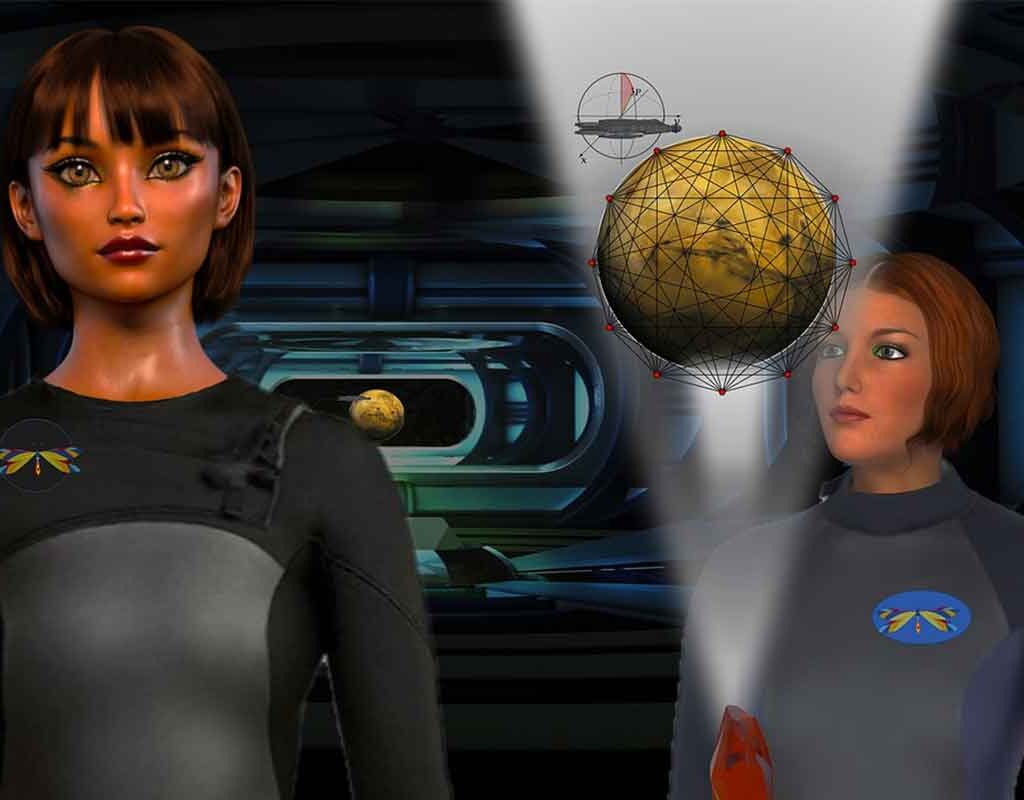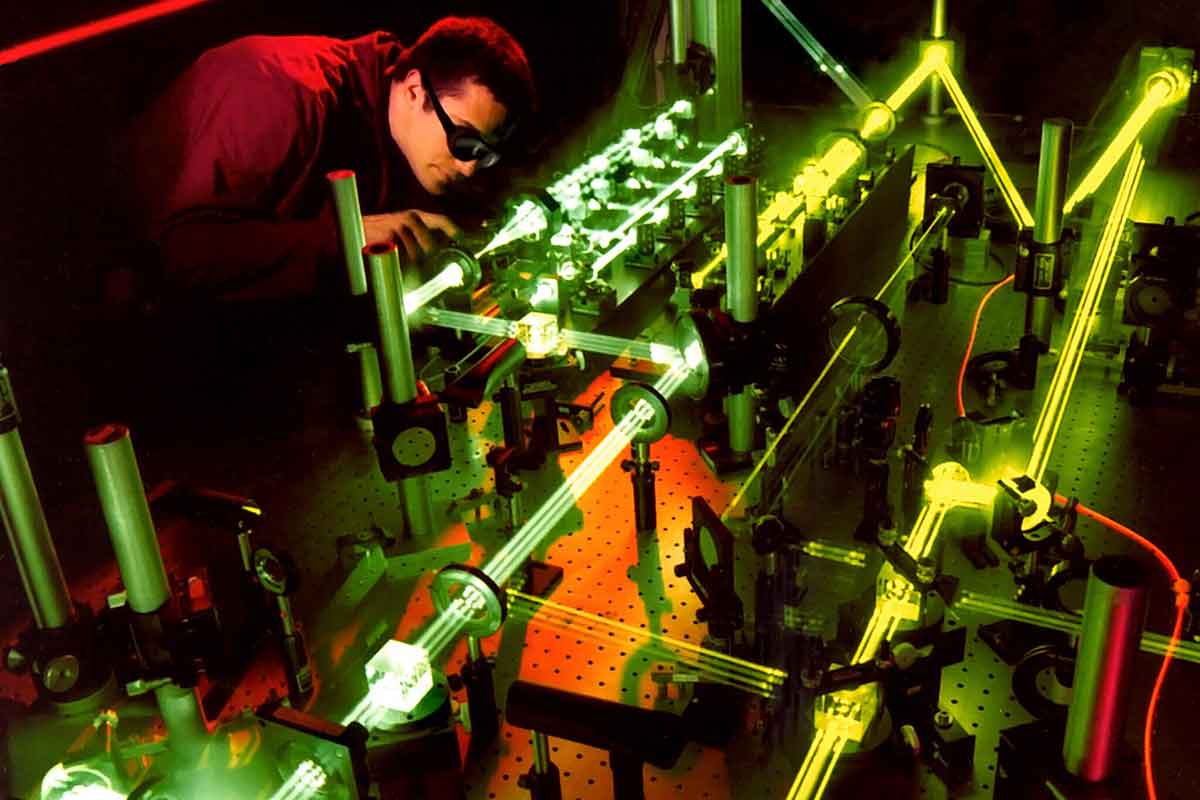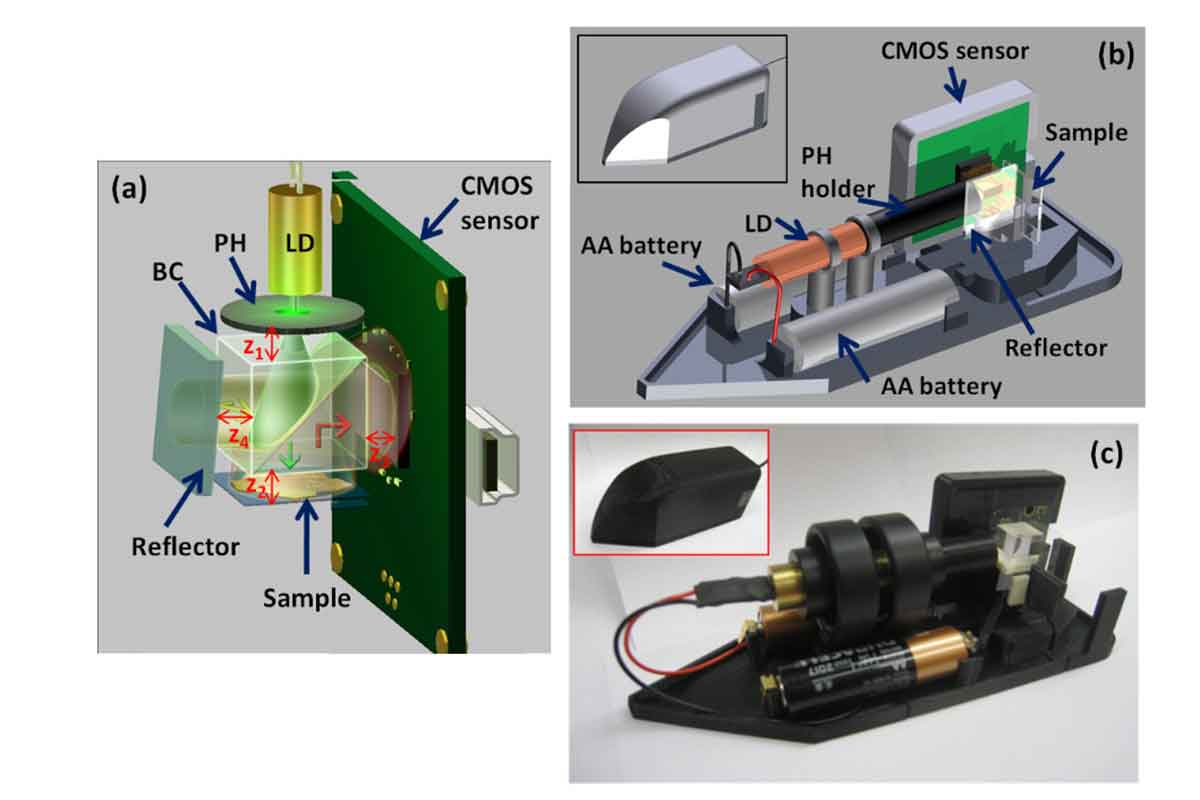3D Holography is the science and art of creating holograms. A hologram, a.k.a. holograph, is a recording of an interference pattern that uses diffraction to reproduce a 3D light field. It results in an 3D visualization that retains the depth, parallax, and other properties of the original scene. Originally the name comes from the Greek root for “whole description” or “whole picture”. Rather than an image formed by a lens, a hologram is a photographic recording of a light field. When viewed in diffuse ambient light, the holographic medium, such as an object created by a holographic process (a.k.a. hologram). This process is usually unintelligible.
By Jom Johnson, Associate Researcher at Cademix Institute of Technology
While the 3D visualization and holography is well known from science-fiction scenes, it is actually a real technology already. It also has lots of applications in various areas including Medical Engineering, Defense, Digital Art, Security and various Information and Communication Technologies.

How it works: The Science and Engineering behind Holography
Holography is an encoding of the light field as an interference pattern of variations in the photographic medium’s opacity, density, or surface profile. The interference pattern diffracts the light into an accurate reproduction of the original light field when properly lit. Then, the objects in it exhibit visual depth cues such as parallax and perspective that change realistically with different viewing angles. That is, viewing the image from various angles represents viewing the subject from similar perspectives. Holograms, in this sense, are true three-dimensional images, not just the illusion of depth.
The scenario includes a light beam passes through an object and is captured on a photographic plate. In this case, the pattern of light beams that emerges after passing through it is distinctive, almost like a fingerprint.
Holography requires a laser light to illuminate the subject and view the finished hologram. It is possible to reproduce a microscopic level of detail throughout the recorded scene. Technical Compromises may be necessary in this process. For example in order to eliminate the need for laser illumination, we need major image quality compromises. We need to be very cautious when working with dangerous high-powered pulsed lasers. With the current scenario in the technology, the holograms can now be completely computer-generated. They can also display objects or scenes that never existed before.

Types of Holography
There are three categories of holograms: First reflection holograms, second transmission holograms, and third hybrid holograms (combination of both).
The most popular type of hologram is a reflection hologram, which galleries typically use it. In this technique, a white incandescent light positioned at a certain angle and illuminates the hologram. It is the most common type of hologram, we can see in galleries is the reflection hologram, which shows a true three-dimensional image near its surface.
On the viewer’s side of the hologram, a “spot” of white incandescent light positioned at a specific angle and distance to illuminate the hologram. The image is thus made up of light reflected by the hologram. These holograms are in color, with images that are optically indistinguishable from the original objects. If the object is a mirror, the holographic image of the mirror reflects white light; if the object is a diamond, the holographic image of the diamond “sparkles.”

In the transmission type, the source and reference beams are incident on the recording medium from the same side in a transmission hologram. In practice, we may use several more mirrors to guide the beams in the desired directions.
The hybrid type include the combination of the two above techniques. Possibly, it can also include other new tools and techniques. Here the goal could be either to get a higher quality, smaller device size or the lower cost of implementation to rung the whole project.
Applications of Holography
There are a number of proven application of holography. It includes information storage, capturing of images in depth, the use of holograms as optical components. In addition we observed other applications such as performing accurate interferometric measurements on three-dimensional artifacts of any shape. Most recently there are other improvement in the area of surface finishing which has multiple application in various industries, including mode, entertainment and more. It is a highly efficient tool for visualizing extremely precise measurements.
A large category of holography application is for the demonstration of various items. For sure, the industry can use it in different application from marketing and presentation, all the ways to technical and medical inspections. This may revolutionize the topics of quality control and technical assessment, using the holographic applications. In this video, you see one of the early demonstrations of holography.
There are several disciplines that can potentially use the benefits of the tech development in holographic. Among these areas, we identified that the Industry 4.0, Data Science, Deep Learning and Machine Learning has the maximum added value and return on investment. Other technologies such as architecture 3D modeling, mechatronic and robotics as well as Healthcare and Medical engineering may optionally use the holographic tools to improve the efficiency of the existing products and services.
References
https://en.wikipedia.org/wiki/Holography
https://www.eeweb.com/hologram-types/

